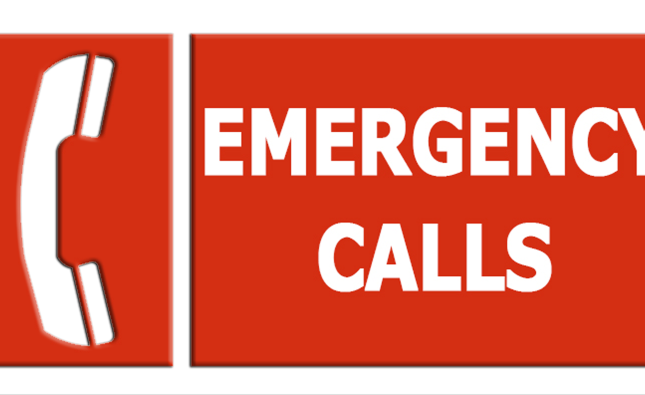
Introduction
Do you ever feel like certain negative patterns in your life just keep repeating themselves, no matter how hard you try to break free? It’s not uncommon for families and communities to experience intergenerational trauma that can affect generations of individuals. But the good news is that breaking this cycle is possible. In this blog post, we’ll explore four powerful strategies you can use to heal from intergenerational trauma and create a brighter future for yourself and those around you. Let’s dive in!
Breaking the Cycle: MythBusters
Intergenerational trauma is a term used to describe the ways in which one generation of individuals may be impacted by the experiences of previous generations. This can include experiences of violence, abuse, neglect, or other forms of mistreatment.
There are many potential factors that can contribute to intergenerational trauma. These may include personal experiences or family dynamics, cultural factors, and social norms. Trauma can also be passed down through family traditions and beliefs.
Breaking the cycle of intergenerational trauma requires a multi-faceted approach. Healing begins with recognizing and acknowledging the impact that trauma has had on individuals and families. It is important to seek support and counseling if necessary. Additionally, it is important to develop positive coping mechanisms for addressing stress and anxiety. It is also important to create systems that support the well-being of both current and future generations.
Breaking the Cycle: The 5 Stages of Trauma Recovery
1. Shock and denial. When people experience trauma, their bodies go into “fight or flight” mode. This reaction causes a drop in blood pressure, increased heart rate and release of adrenaline and other hormones. These reactions help the individual to cope with danger, but they also hinder cognitive function and interfere with normal body functions. People in shock may seem unaware of what’s happening around them or unable to understand what’s been said. They may not be able to make decisions or remember information.
2. Anger and bargaining. In response to the threat of death or injury, survivors may feel anger and resentment at those who caused the trauma. They may try to bargain with God or the victimizer for their safety or for a quick fix that will make everything better. Bargaining often involves giving up important aspects of oneself in order to receive protection from violence or relief from pain.
3. Depression and helplessness. Trauma can cause intense sadness, loneliness and fearfulness over the future. Survivors may become numb—or “out of it”—from the emotional pain, which can make it hard to concentrate or process thoughts logically. This stage is sometimes called post-traumatic amnesia because survivors cannot remember anything from before the trauma occurred.
4: Activism and self-blaming/self-loathing . Trauma can lead survivors down a path of self-destruction by contributing to problems like anxiety, eating disorders, substance use disorders, PTSD symptoms and chronic
Breaking the Cycle: The Power of Empathy
Breaking the Cycle: Strategies for Healing Intergenerational Trauma
Trauma isn’t just a problem of the past. It still affects our present and future. The trauma we experience as children can have lifelong effects on our mental, emotional, and physical health. Trauma can be passed down through generations like a genetic disease, leading to even more trauma in subsequent generations.
There is hope, though. There are ways to break the cycle of trauma and create a more healing society. Here are some strategies:
1)Talk about it: One of the most important things you can do is talk about your trauma with someone who will understand. Talking about your experiences can help you process them and heal them. It can also help prevent the cycle of trauma from continuing in future generations.
2)Listen to others: Another key strategy is listening to others when they share their stories of pain and suffering. Asking questions that allow them to open up can be very healing, both for you and for them.
3)Find support groups:Support groups offer a safe space where people with similar experiences can share their stories and connect with other survivors. They can also provide valuable resources and support throughout your healing process.
Conclusion
Breaking the cycle of intergenerational trauma is one of the most important things you can do to help heal yourself and your community. In order to break the cycle, you must first acknowledge that it exists. Once you recognize that there is a problem, you need to find strategies for healing. There are four crucial strategies for breaking the cycle of intergenerational trauma: 1) listening attentively 2) honoring and remembering 3) sharing 4) creating change. By using these strategies, we can help heal our past and build a brighter future for all of us.










